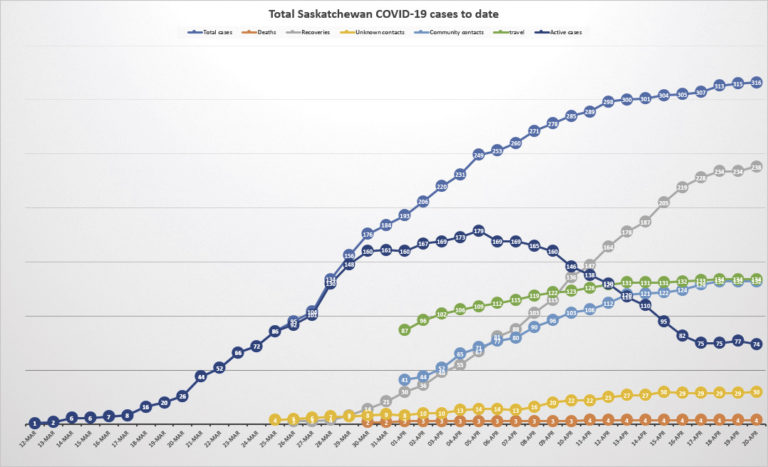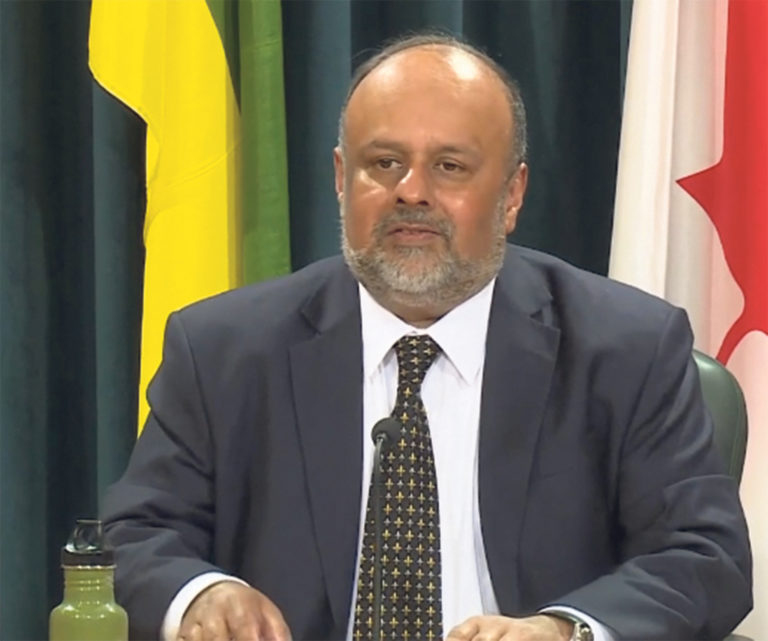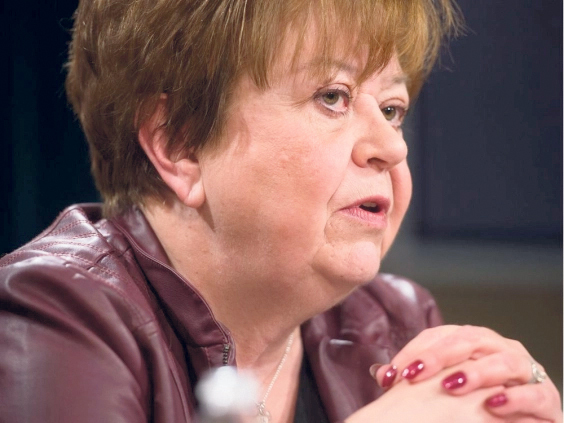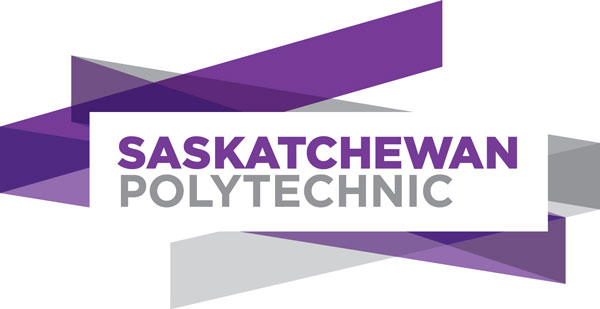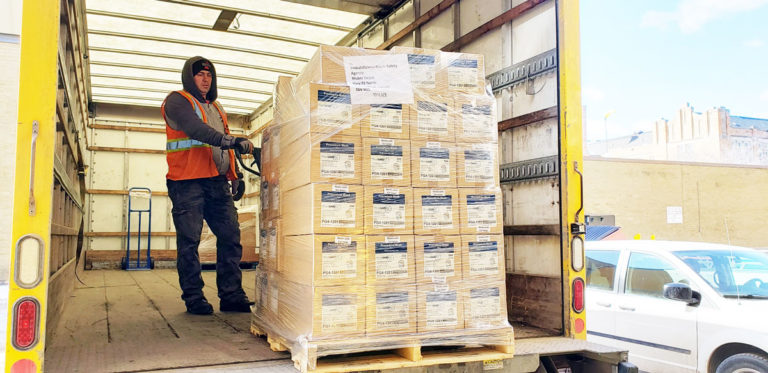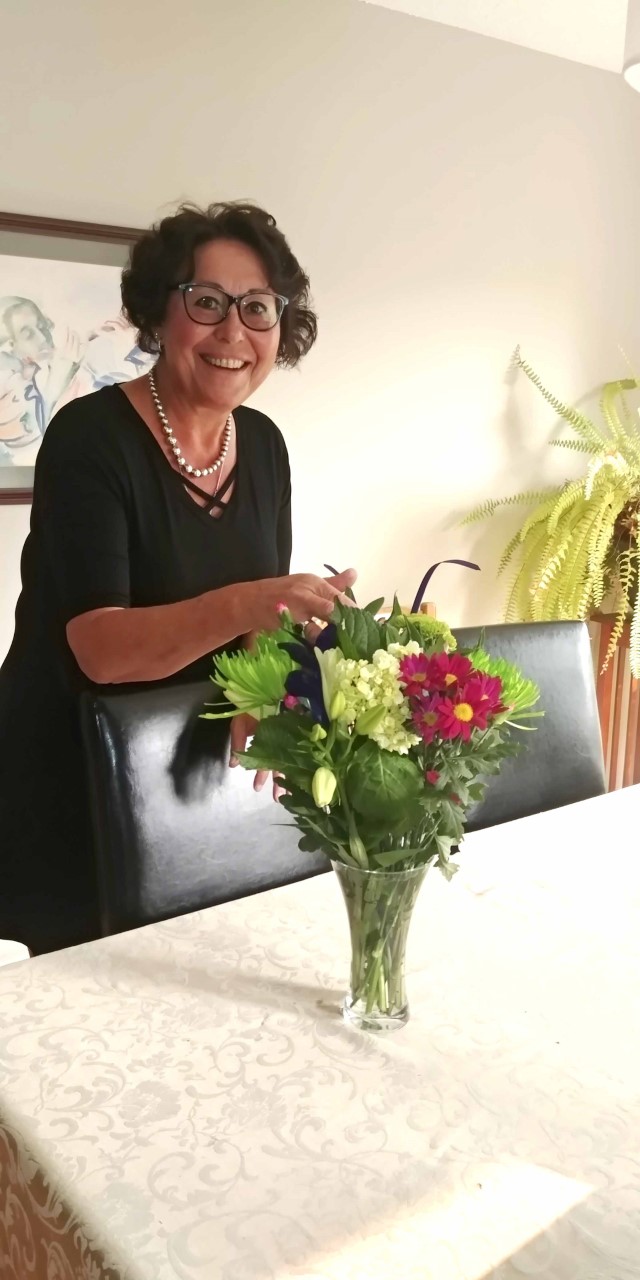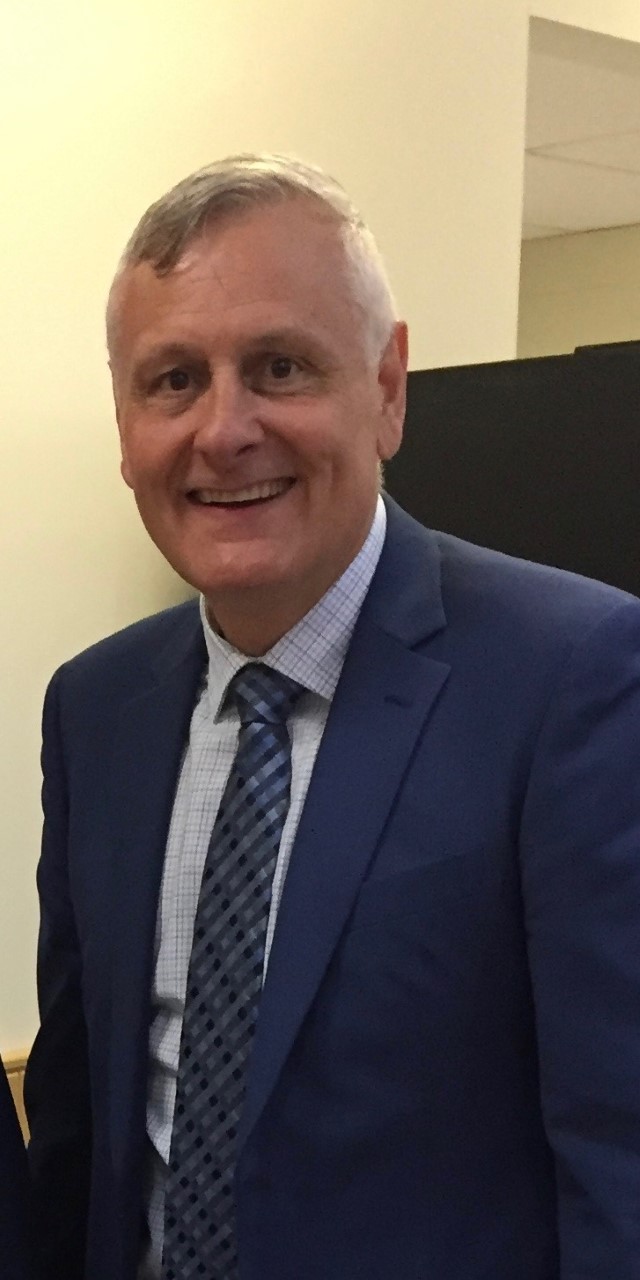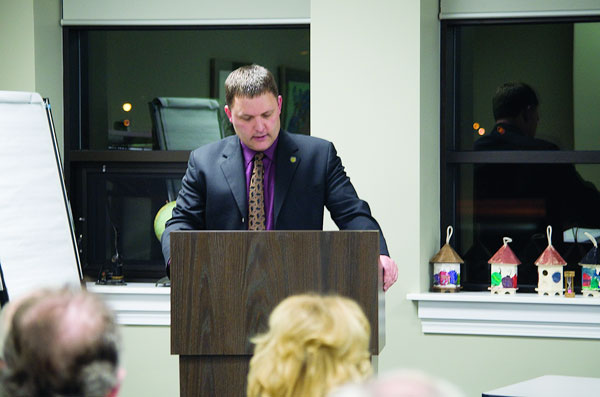The province is in good shape as far as attening the curve in the face of the COVID-19 pandemic.
That was the message from Chief Medical Health O ce Saqib Shahab in the province’s daily press conference.
“In terms of the numbers it is really important to recognize through all of our efforts our curve remains at and our Reproductive Rate or RP has been low for two weeks or more. So that really means that we are managing to keep the curve at and it is trending downward so that is very reassuring,” Shahab said.
The province of Saskatchewan added one new case of COVID-19 on Monday, April 20 bringing the total to 316 cases reported. Each case has been con rmed. On Sunday the province reported two new cases and Saturday there six cases added to the provincial total, some, though, were from Fri- day’s news of an outbreak in La Loche. case. On Sunday one of the new cases is in the Saskatoon area. e other was in the far north. ere is still one pre- sumptive COVID-19 case that has yet to be con rmed.
“While that is reassuring, it still means that we have to continue doing everything we have been doing. And especially, it has been more than a month since we have been practicing physical distancing, we are diligently staying a home unless it is to go out
shopping and doing other things outdoors in a very considerate way,” Shahab said.
With the weather improving Shahab wants people to be able to enjoy weather in a responsible way as spring and summer arrive.
“But it is important to just remem- ber that as you are out and about maintain some of those key measures that have served us so well. So that means maintaining a distance of at least two meters while out and about and if you do meet friends, neighbours while out certainly agree to have a chat but maintain that two plus meter distance,” he said.
He also reminded people to avoid children mixing and playing games that involve handing objects back and forth.
“That could be very important, keeping children away from group settings,” he said.
He also reminded people to be careful in shared purposes like a crosswalk to keep social distancing and be cautious touching signal buttons. As well, you should avoid playground structures that are sealed off in cities and towns.
“In many cities the playground structures are still taped off so please respect that,” he said.
Researchers are still learning how the virus spreads in different conditions.
“Until such time as there is better information about outdoor play structures while you are out and about please do keep your children off structures that have been taped off,” he explained.
Shahab said with these rules people can enjoy the improving weather in upcoming weeks. This will help to keep the curve in similar condition as it has been the past couple of weeks.
There was recently some discussion about grocery stores being a place where the virus spreads. He reminded people practice the rules for grocery shopping.
“We all have a role in this so obviously from what I have heard grocery stores and business owners have been doing as much work as they can to maintain physical distancing. They have set up tape on the floor and other signals that you have to stand two meters apart and in some cases the aisles are one way, in some cases only one person is allowed to go in not a whole family. I think we need to as customers respect that and also do our part when we also avoid that distancing,” Shahab explained.
At present 74 of the 316 reported cases are considered active.
There have been four more recoveries bringing that total to 238.
Four people remain in hospital with three in inpatient care and one in intensive care
Of the 316 cases in the province: 134 cases are travel related,132 are contacts or linked to mass gatherings, 30 have no known exposures; and 20 are under investigation by local public health.
Overall in Saskatchewan 35 of the cases are health care workers. However, the source of the infections may not be related to health care in all instances.
The area breakdown shows 60 from the north including Prince Albert, 149 of the cases are from the Saskatoon area, 70 from the Regina area, 15 from the south, 11 from the central region and 11 from the far north.
Age breakdowns show 24 cases involve people 19 years of age and under, while the remainder are adults. There are114 cases are in the 20-39 age range, 106 are in the 40 to 59 age range, 63 are in the 60-79 age range and nine are in the 80-plus range.
Gender breakdowns show 52 per cent of the cases are males and 48 per cent are females.
There remains Four deaths related to COVID-19 that have been reported to date.
To date 24,412 COVID-19 tests have been performed in the province.

